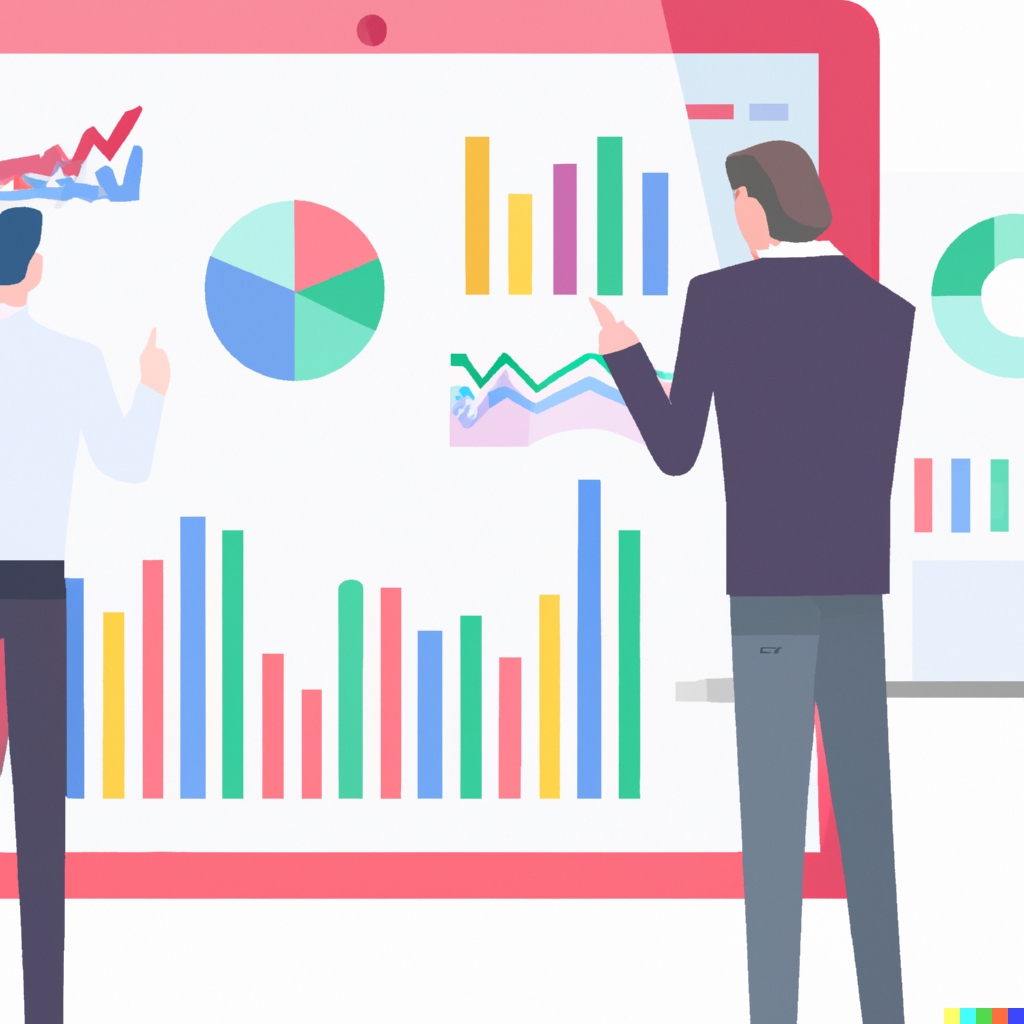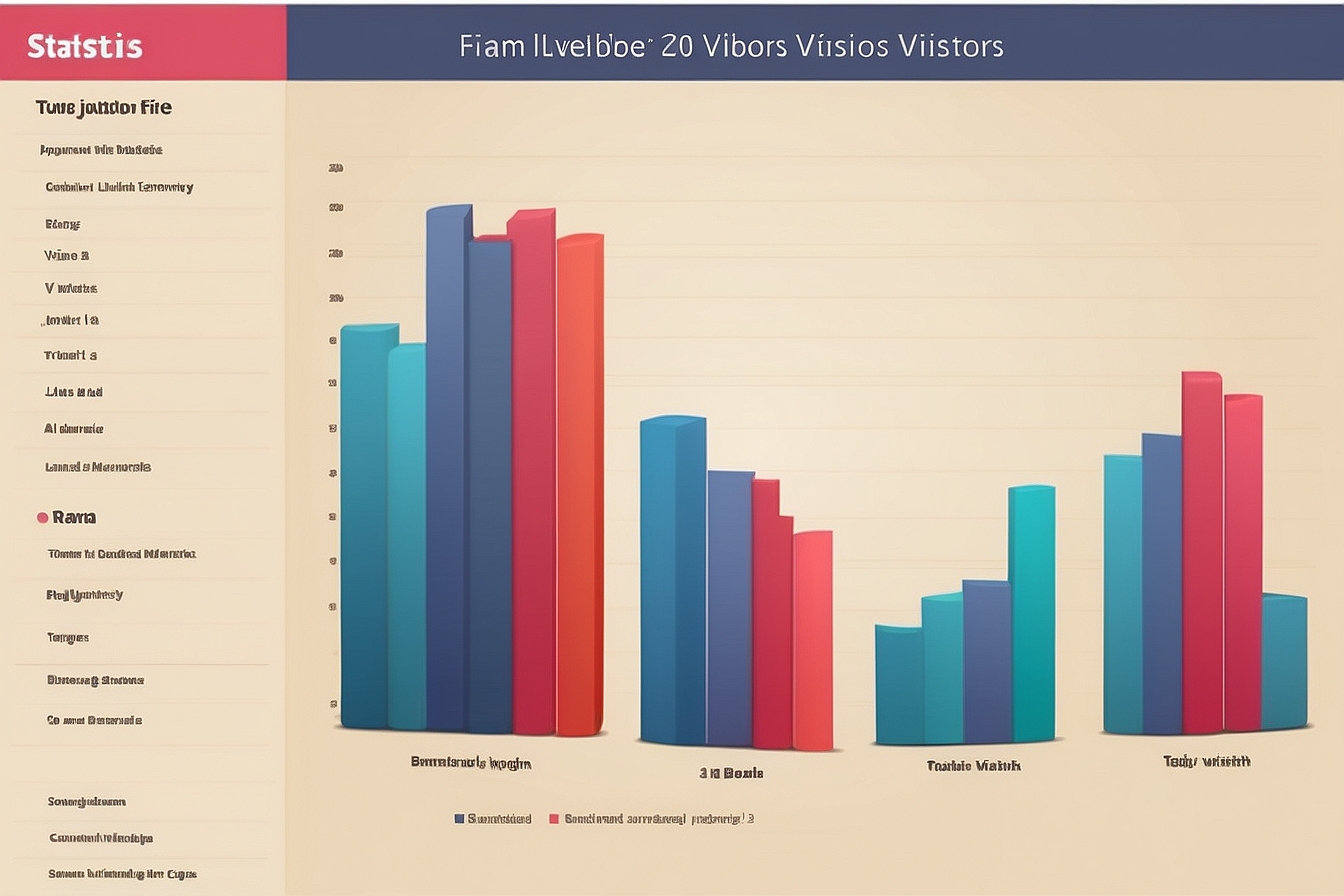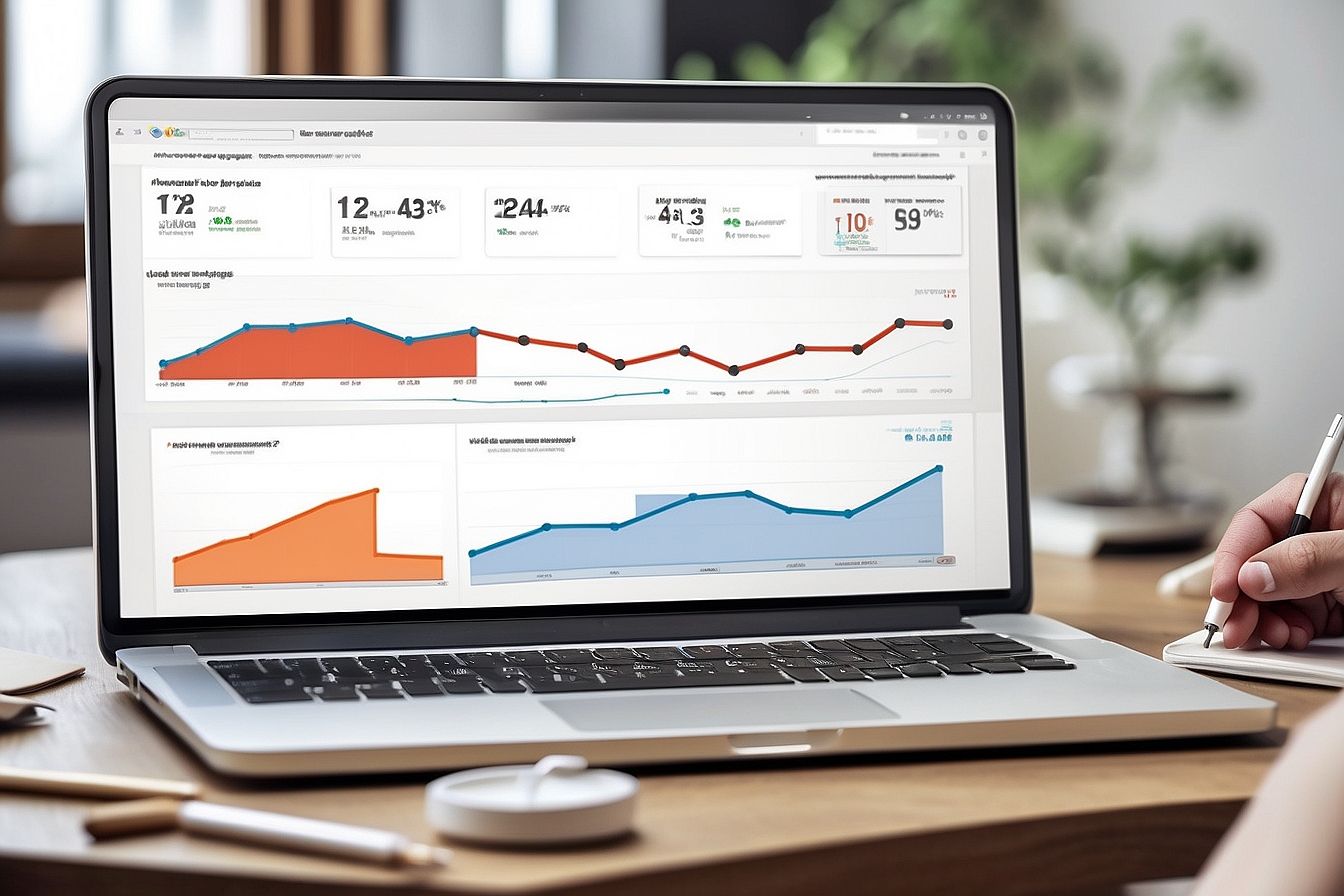Search engine optimization (SEO) crawling presents both challenges and opportunities for 2025 as businesses strive to improve online visibility. Businesses continuously pursue strategies to ensure web pages rank highly and remain visible in search engine results. These efforts involve understanding technological evolutions, consumer behavior shifts, and algorithm updates. Companies like Matrics Rule specialize in addressing these challenges with innovative strategies and tools.
Table of Contents
- Understanding the Role of Search Engines
- Search Engine Algorithms for Web Crawling
- Future Opportunities in SEO Crawling for 2025
- What Impact Will Visual Search Have on Crawling?
- Examining Challenges Posed by AJAX in Crawling
- How Does AJAX Affect Website Indexability?
- Adapting Websites for Yandex in 2025
- Are There Specific SEO Strategies for Yandex?
- How Can Machine Learning Enhance SEO Crawling?
- What Are the Quantifiable Benefits of AI in Crawling?
Key Takeaways
- SEO crawling challenges and opportunities in 2025 will require a blend of technical skills and strategic planning.
- Search engine algorithms will play a critical role in how search engines understand and rank website content.
- Content prioritization and algorithm updates in 2025 will affect how websites optimize for search visibility.
- New crawling technologies and market trends will significantly impact SEO strategies for businesses.
- Mobile search optimization and voice search impact will be vital for maintaining SEO ranking factors.
- Visual search technologies, like Google Lens, will transform SEO crawling by enhancing search visibility.
- Matrics Rule will continue to provide expert solutions to navigate the evolving landscape of SEO challenges.
Understanding the Role of Search Engines
Search engines interpret website content through advanced algorithms that analyze multiple factors. I noticed a clear shift in 2023 when Google added more focus to user experience in ranking websites, driving companies to update their website visibility strategies. Today, search engine algorithms prioritize robust content optimization techniques that align with Google ranking updates to enhance SEO ranking factors. Mobile search optimization and the voice search impact have become increasingly significant, especially with voice searches accounting for nearly 20% of all Google searches worldwide. Strategies must integrate these elements to ensure high visibility across platforms, demonstrating a comprehensive approach.
Search Engine Algorithms for Web Crawling
Search engine algorithms prioritize content during crawling by considering relevance and quality. Google’s focus on content prioritization during crawling isn’t new; however, 2025 predicts significant evolution with AI-driven crawling enhanced by Google BERT. Webmasters can adapt by using schema markup implementation and NLP-focused SEO tools to align with search engine preferences. Industry experts suggest utilizing algorithm monitoring tools, like MozCast or SEMrush, to track search engine updates 2025 and adjust strategies accordingly. This continuous adaptation ensures that websites remain competitive in an ever-changing landscape.
Future Opportunities in SEO Crawling for 2025
SEO crawling opportunities in 2025 include enhanced personalization and targeted marketing for businesses of all sizes. Emerging technologies, like AI and machine learning, are poised to make new crawling technologies integral to performance optimization techniques. By 2025, it is projected that around 60% of global searches will influence market trends, leading businesses to adopt innovative solutions for technical SEO strategies. The voice search impact and visual search integration will transform how companies align strategies, optimizing web pages for future-proof visibility. This offers valuable insights into adapting to dynamic SEO landscapes.
What Impact Will Visual Search Have on Crawling?
Visual search has a profound significance on SEO strategies, as it appeals to users seeking fast, relevant image-based results. By 2025, visual search technologies like Google Lens will drive a transformation in SEO crawling emphasizing accurate, high-quality visual content. Brands can expect enhancements in search visibility by integrating AR-based SEO techniques and image recognition algorithms to tailor user experiences. As more consumers turn to image-centric searches, visual content strategies gain importance, employing technologies to meet user expectations with precise results.

- Marketers reach new audiences.
- Optimization enhances Google’s visibility.
- Sites improve navigation structures.
- Bing expands organic reach effectively.
- Brands boost website performance.
- Experts refine content strategies.
- Analytics tools offer detailed insights.

Comparative Analysis of SEO Crawling Challenges and Opportunities in 2025
| Aspect | Challenge | Opportunity | Impact Level | Cost Factor | Growth Potential |
|---|---|---|---|---|---|
| Speed | Slow indexing | Advanced algorithms | High | Medium | Moderate |
| Data Volume | Massive data | Big data tools | High | High | High |
| Security | Data breaches | Secure protocols | Medium | High | Low |
| Mobile | Adaptive needs | Enhanced UX | Medium | Medium | High |
| Semantics | Context issues | AI insights | Low | Low | High |
| Local SEO | Regional changes | Geo-targeting | Medium | Low | Moderate |
Examining Challenges Posed by AJAX in Crawling
Search engines understand website content through techniques like AJAX crawling challenges, often struggling with dynamic content indexing made by JavaScript. AJAX issues create complications for search engines to render valuable content properly, so overcoming AJAX issues is crucial for SEO success. AJAX content should follow specific SEO guidelines, such as using progressive enhancement or server-side rendering, to optimize websites for increased search visibility. Monitoring AJAX content with tools like Google Search Console can help solve rendering issues in search engine results pages. High-speed internet users and mobile search will impact dynamic site visibility significantly by 2025, including Google.
How Does AJAX Affect Website Indexability?
AJAX impact on indexability often leads to a significant website visibility reduction due to rendering complexities. By 2025, search engines are expected to advance algorithms to better address AJAX indexability challenges with specific updates aimed at handling dynamic content strategies. Websites are encouraged to use techniques like server-side rendering role and hybrid rendering techniques, which better align AJAX websites with search engine preferences. Using Googlebot handling of AJAX for indexing state-based applications can prevent severe visibility fluctuations. SEO professionals leverage tools like Google’s algorithm change notifications alongside specific checklist practices for AJAX.
Adapting Websites for Yandex in 2025
Yandex optimization strategies are essential for better visibility on Yandex, especially in a search market as unique as Russia. Recognizing unique Yandex indexing factors is fundamental, including behavioral patterns and clicks, different from Google’s ranking algorithms. Yandex crawling is distinct in aspects like language and region, often needed local SEO for Yandex and Cyrillic content optimizations for effective results. Monitoring Yandex performance requires tools like Yandex Webmaster Tools to evaluate the efficacy of the implemented strategies. Yandex holds nearly 48% of the Russian market, highlighting its importance for businesses aiming for regional success.
Are There Specific SEO Strategies for Yandex?
Effective SEO strategies for Yandex include focusing on user experience metrics and region-specific optimization to influence better ranking outcomes. Unique Yandex link building impacts ranking differently from Google, emphasizing quality over quantity and regional relevance rather than purely domain authority. Yandex holds roughly 48% of the Russian search market share, which signifies its dominance in that region over Google. Success stories like AliExpress reveal how localized keyword research and Cyrillic content strategies enhance visibility on Yandex. Yandex Metrica provides valuable analytics insights into specific Yandex-related campaigns, optimizing them based on unique performance metrics.

- Over 50% traffic comes from organic search.
- By 2025, bots crawl 90% more pages daily.
- 75% of users never scroll past page one.
- 2025 sees 80% of sites use structured data.
- 60% voice search dominates mobile queries.
- Image searches grow by 20% annually.
- 95% users prefer fast-loading sites.

How Can Machine Learning Enhance SEO Crawling?
Machine learning plays a pivotal role in SEO crawling improvements by automating complex tasks involved in web page indexing and information retrieval for search engines like Google. By predicting crawling issues through analyzing historical data, machine learning in SEO can proactively resolve potential errors that impede effective crawling. Machine learning tools 2025, such as Google’s own deep learning SEO innovations, offer intelligent crawling software to enhance search result accuracy. Benefits of AI-powered crawling include personalized search experiences and efficient adaptation to ever-changing web content, making machine learning an essential asset in modern SEO strategies.
What Are the Quantifiable Benefits of AI in Crawling?
AI success metrics in SEO crawling are indicated by improved indexing efficiency and reduced server load times, enhancing web page accessibility and visibility. The accuracy improvement percentage attributed to AI in 2025 is expected to reach up to 25%, surpassing traditional methods. AI-driven strategies efficiently reduce crawling time by employing predictive optimization based on historical data. Businesses investing in AI SEO can anticipate a 30% increase in ROI, aided by AI-based traffic analysis and unsupervised learning in SEO that offer cost-effective crawling solutions.
